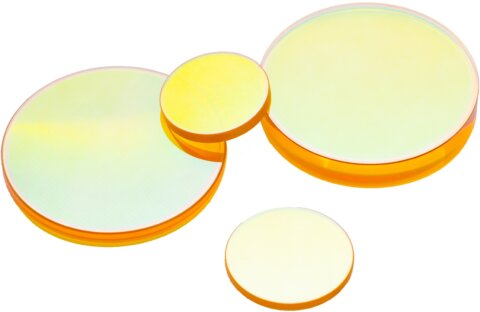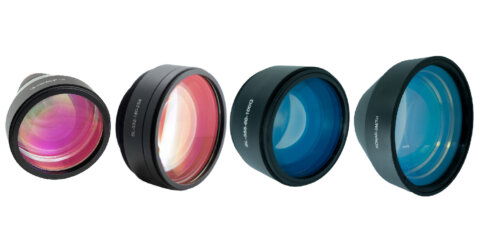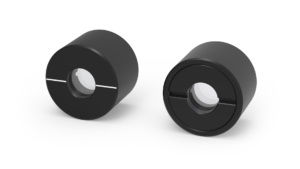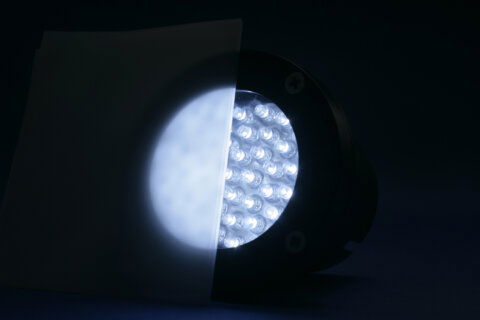Beam Expanders
- Technology
- F-theta lenses and beam expanders
- Partner
- Wavelength Opto-Electronic
Ronar-Smith® beam expanders are telescopic by nature and require a collimated input beam while delivering an expanded collimated beam at the output.
Customisation is an option if required to provide the best solution for customers’ industrial product line. Parameters that can be customised include wavelength-specific filtering, anti-reflection coating, magnification factor selection, input/output clear aperture, and maximum beam intensity.
All our beam expanders are subjected to rigorous testing prior to market sales.
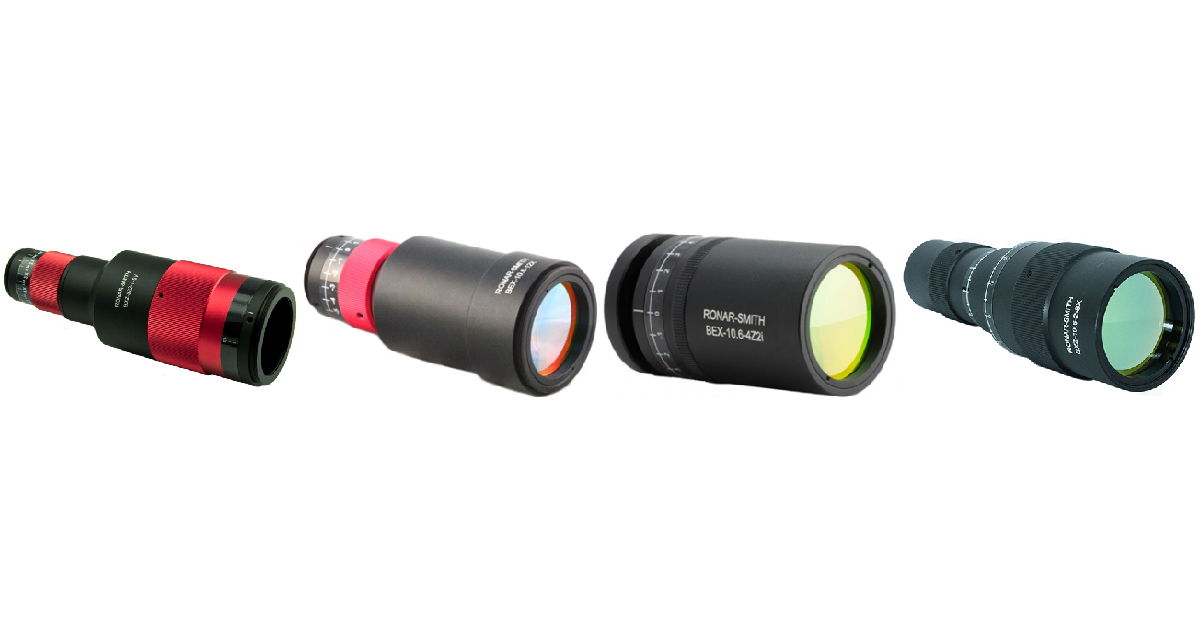
Range features
A high level overview of what this range offers
Fixed beam expander (BEX)
- Fixed beam expanders are designed for specific beam expansion applications such as laser engraving. They also feature anti-reflection coatings and high transmissivity to maximise the efficiency of the beam expansion and reduce losses. The disadvantage lies in the fixed magnification factor and applications that require tuning of the output beam size are unable to perform.
Manual zoom beam expander (BXZ)
- The zoom beam expander accounts for the short-fall of the fixed beam expander by allowing the user to tune manually to the required magnification factor, depending on various processes that is required. These beam expanders are also designed for high power applications where magnification adjustments may be required. The concept of the zoom beam expander works on the internal translation stages and focusing mechanisms to adjust and account for the changes in magnification continuously. It also takes laser divergence into consideration and performs relative adjustments without affecting the overall housing length.
Motorised beam expander (BXZ-MOT)
- The motorised zoom beam expander accounts for the short-fall of fixed beam expander by allowing the user to tune automatically to the required magnification factor, depending on various processes that is required.
CO2 beam expander (UniBet and MiniBet)
- UniBET beam expanders are developed for higher power (>100W) CO2 lasers. The MiniBET series is smaller in size, all have the same external diameter of 20mm, total range ranging from around 28mm to 70mm only.
CO2 water cooled beam expander (BET-WC)
- BET-WC series water cool beam expanders are developed for even higher power (>200W) CO2 lasers with consistency in outer dimension and water pipe connection.
What’s in this range?
All the variants in the range and a comparison of what they offer
| Beam expander series | Magnification | Wavelength (nm) |
|---|---|---|
Fixed beam expander (BEX) | 1X – 50X | 266/355/405/532/633/1064/1550/2000/9400/10600 |
Manual zoom beam expander (BXZ) | Continuous zoom | 266/355/405/532/633/1064/1550/2000/9400/10600 |
Motorised zoom beam expander (BXZ-MOT) | Continuous zoom | 266/355/405/532/633/1064/1550/2000/9400/10600 |
CO2 beam expander (MiniBet) | 1.5X – 6X | 10600 |
CO2 water cooled beam expander (BET-WC) | 1.5X – 10X | 10600 |
FAQs
for Beam Expanders
A beam expander enlarges the input beam, reduces divergence, and therefore improves the achievable spot size in downstream optics. A Galilei beam expander has no internal focus, is shorter and more robust, and lowers the risk of internal damage at high power—ideal for compact zoom units, for example.
Fixed beam expanders are often available from 1× to 50×; manual or motorised zoom versions offer continuous magnification. Common wavelengths range from UV (266/355 nm) through VIS/NIR (405/532/633/1064/1550/2000 nm) to CO₂ (9.4/10.6 µm).
A fixed beam expander suits stable processes with constant beam size and focus position, where robustness and cost are priorities. A zoom beam expander (manual/motorised) fits multi-material lines because spot size and working distance can be adjusted per recipe quickly and repeatably.
By increasing the input diameter and lowering divergence, a beam expander enables the F-Theta lens to produce smaller, more uniform spots across the entire scan field. The magnification must match the lens aperture to avoid over/under-filling and non-uniform energy density.
Beam expanders can be tailored for wavelength band, AR coatings, magnification factor, input/output aperture, and allowable beam intensity. This ensures clean thermal and geometric integration into the tool chain and compliance with process specifications.
For CO₂ power >100 W, compact families such as UniBET or MiniBET are common; above ~200 W, a water-cooled beam expander with constant outer dimensions and hose fittings is recommended. This stabilises temperature and protects optics in continuous operation.
A motorised zoom beam expander lets the PLC/motion controller switch magnification by software based on material or lot. Internal linear actuators keep the outer length constant while focus position and divergence are precisely adjusted per part.
The clear aperture must cover the expanded beam including alignment tolerances. AR coatings should be optimised for the laser wavelength to minimise Fresnel losses and heating—critical for high transmission and long service life.
Mount the beam expander on a stable, kinematic mount; align optical axes coaxially to the laser and scanner; set magnification/distances per the datasheet. Then verify divergence and pointing, and fine-tune after thermal stabilisation to keep scan quality repeatable.
Beam expanders are typically tested for transmission, magnification accuracy, AR-coating performance, and mechanical integrity. This reduces commissioning risk, shortens ramp-up, and secures stable process windows under industrial conditions.
